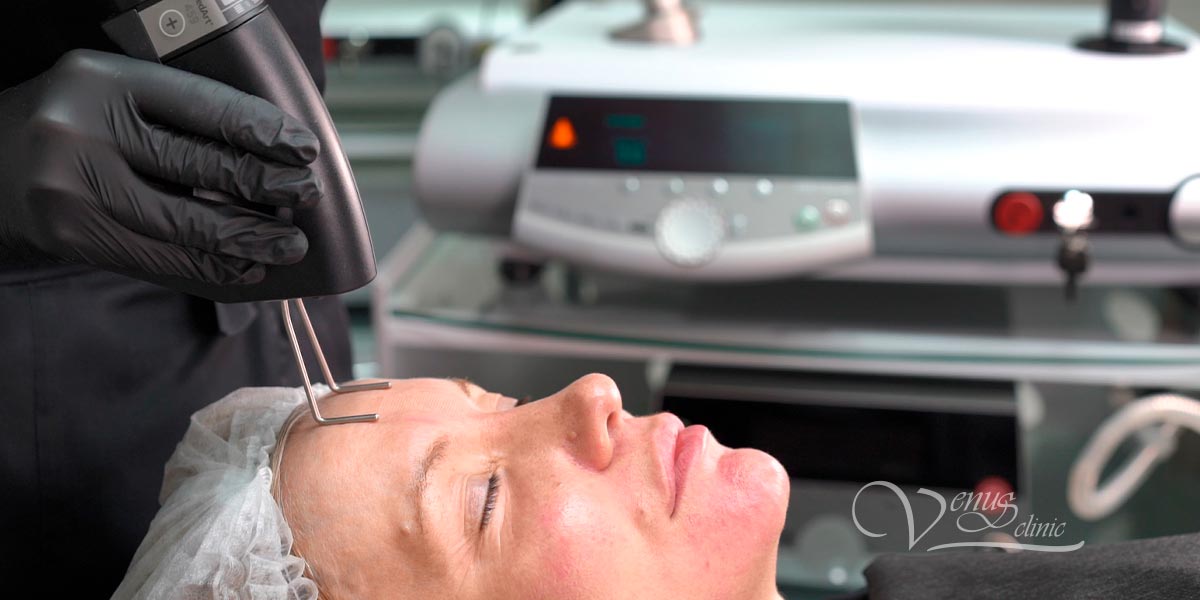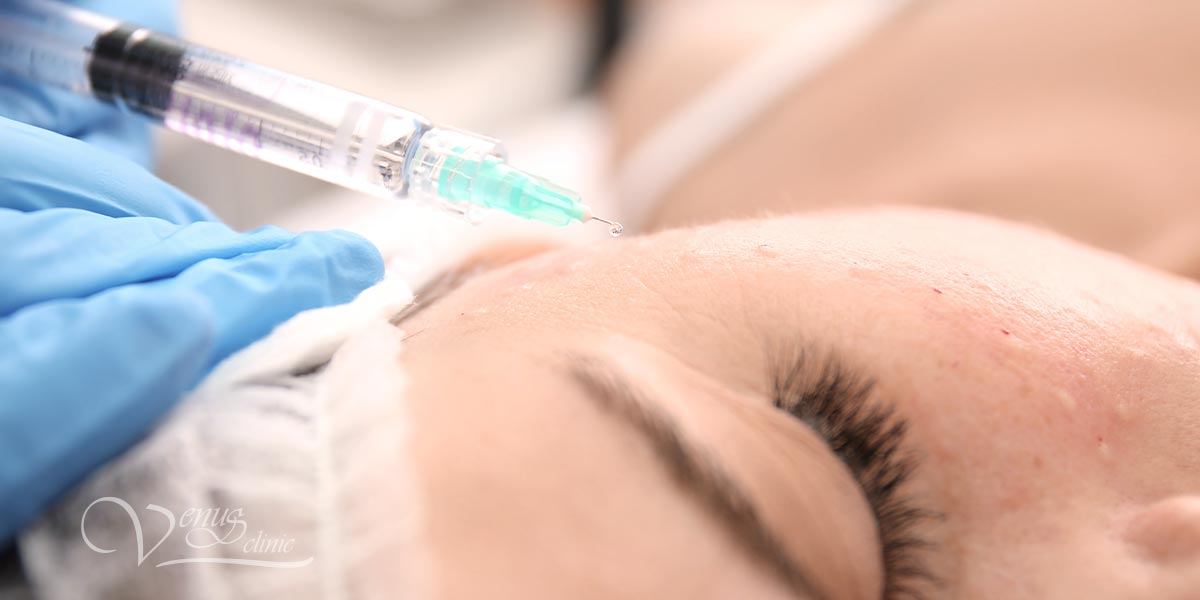
Acne scar treatment: laser face resurfacing and biorevitalization
Laser face resurfacing and subsequent biorevitalization is a combination that increases the effectiveness of post-acne scar treatment and gives a quick clinical result regardless of the patient's age.
According to statistics, about 80% of the world's population have experienced acne rashes at least once in their lives. Despite the fact that more often rashes are activated during puberty, cases of exacerbation of acne have recently become more frequent after 30, 40 and even 50 years.
Treatment of acne requires timely intervention and long-term trusting joint work of the doctor and the patient, in order to achieve a stable remission and prevent the consequences in the form of scarring.
Acne
The most common conditions after the resolution of the inflammatory elements of acne: erythema or "stagnant spots", post-inflammatory hyperpigmentation and post-acne scars. And if post-inflammatory erythema (“stagnant spots”), sooner or later, will pass on its own, the healing time depends on the intensity and duration of inflammation, then post-inflammatory hyperpigmentation and post-acne scars require specific and consistent treatment.
Acne scars
In scar formation, the depth of the injury is critical. Post-inflammatory erythema and hyperpigmentation are the result of epidermal trauma, scars are dermal location.
Scars are most often formed during prolonged and prolonged acne, as well as aggressive methods of treatment, including mechanical damage, when tissues do not have time to recover.
The healing process of inflammatory elements after acne goes through 3 stages: inflammation, the formation of connective (granulation) tissue and matrix remodeling.
There are two main types of acne scar development, depending on the tissue response to inflammation: with excess and insufficient amount of scar tissue. With an excessive amount of scar tissue, hypertrophic and keloid scars are formed, with an insufficient amount - atrophic.
Scar formation is mainly due to improper distribution of collagen.
According to statistics, 80-90% of people with post-acne get scars associated specifically with the loss of collagen (atrophic scars) compared to the minority who get hypertrophic scars.
Laser resurfacing of post-acne face
Depending on the severity of the disorder of the skin relief, various methods of treatment are used, including chemical peels, retinoids, microdermabrasion and laser resurfacing.
CO₂ laser resurfacing is the most effective solution for acne scars correction. During the procedure, individual areas of scar tissue are removed, which allows to reduce the severity of scars and make the skin relief more uniform. During the fractional laser resurfacing procedure, the laser beam removes areas of the skin in the form of micropillars, rather than the entire area, which facilitates quick rehabilitation while maintaining high efficiency.

We use a fractional CO₂ laser MedArt Intenz for scar treatment in Venus Clinic.
Laser resurfacing CO₂ on MedArt Intenz has advantages:
- pronounced effect
- short recovery period
- predicted results
- possibility of repeated procedures
Depending on the type of scars, we use different techniques and protocols for post-acne resurfacing.
Laser resurfacing and biorevitalization
CO₂ laser resurfacing has many advantages, including absolute compatibility with all hardware, injection and cosmetic procedures.
Combined scar treatment protocols often use injection procedures such as mesotherapy and biorevitalization.
Biorevitalization is a superficial microinjection of hyaluronic acid into the dermis.
Deep hydration with hyaluronic acid stimulates the synthesis of new collagen and the production of its own hyaluronic acid, increases the reparative capacity of the skin, improves its general condition, tissue trophies and color.

Biorevitalization is to a greater extent an additional treatment, to normalize the level of skin moisture and shorten the recovery period after laser resurfacing, but not the main one treatment in post-acne correction.
• Recent studies show that prevention of acne is a major step in avoiding acne scarring.
• Genetic predisposition and the ability to respond to trauma are the main factors that influence scar formation.
There are a number of treatments available for reducing the risk of scar formation, including reducing the duration and intensity of inflammation, the use of active retinoids.
To date, there is no single correct way to treat post-acne scars; in each case, an individual treatment plan is drawn up and, as a rule, several methods are combined. An important role is played by the use of modern methods and treatment protocols, as well as the quality of the equipment used for the procedure.
In Venus Clinic, we work only with certified equipment from global manufacturers, certified injectables and cosmeceuticals, in order to achieve our mutual goal - healthy and beautiful skin!
Read in detail about the techniques - laser face resurfacing and biorevitalization.
See you at the Venus Clinic!






